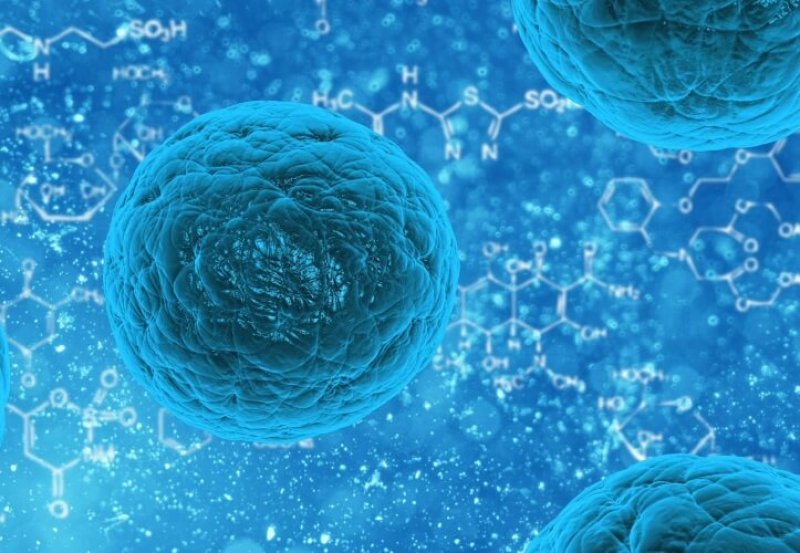As more sophisticated technology has revealed just how plastic and heterogeneous cell populations can be, some researchers have transitioned from viewing “stemness” as the defining trait of a [stem cell] to viewing it as a function many types of cells can perform or contribute to.
…
[W]hen the stem cells in solid tissues are destroyed, more specialized cells in those tissues can often revert to a stemlike state to take over repair functions on their behalf.…
That’s been shown in a slew of organs, including the kidney, lung, stomach and intestine. Perhaps most striking, some tissues (beyond the heart) don’t seem to have a stem cell population. The adult liver — the epitome of efficient organ regeneration — has no stem cells; instead, its differentiated cells can act like stem cells when needed. “In essence,” [researcher Hans] Clevers said, “every cell in the liver has the potential to behave like a stem cell.”
And so, “it’s more useful to find out how a particular tissue performs its stem cell function than to identify individual stem cells,” he said. The way various cells all contribute to maintaining a tissue constitutes stemness — not any one cell type or entity. Sticking to the more dogmatic definition of what a “true” stem cell should be, instead of considering that they fall along a more nebulous spectrum, has hindered progress.
Read full, original post: What Defines a Stem Cell? Scientists Rethink the Answer
































